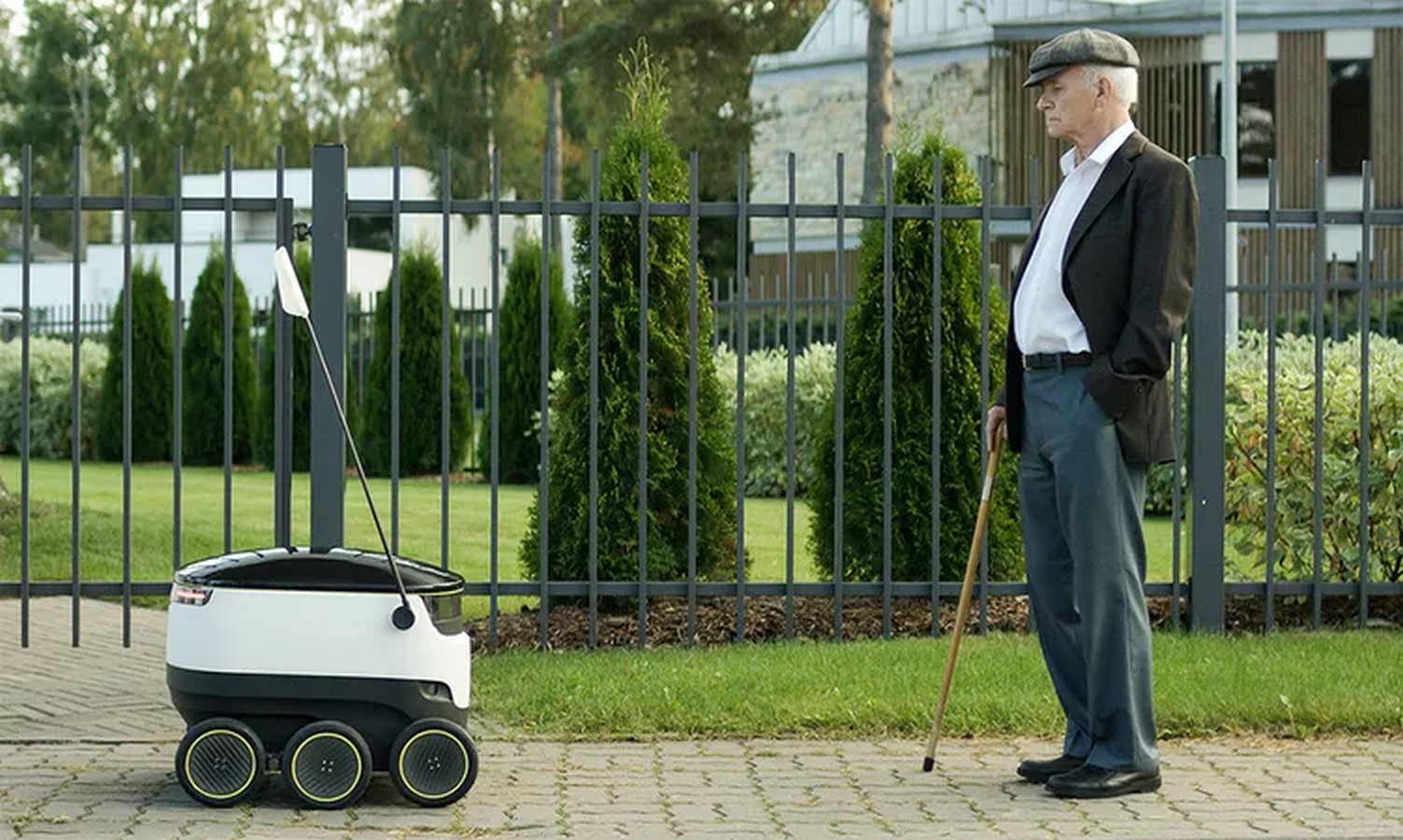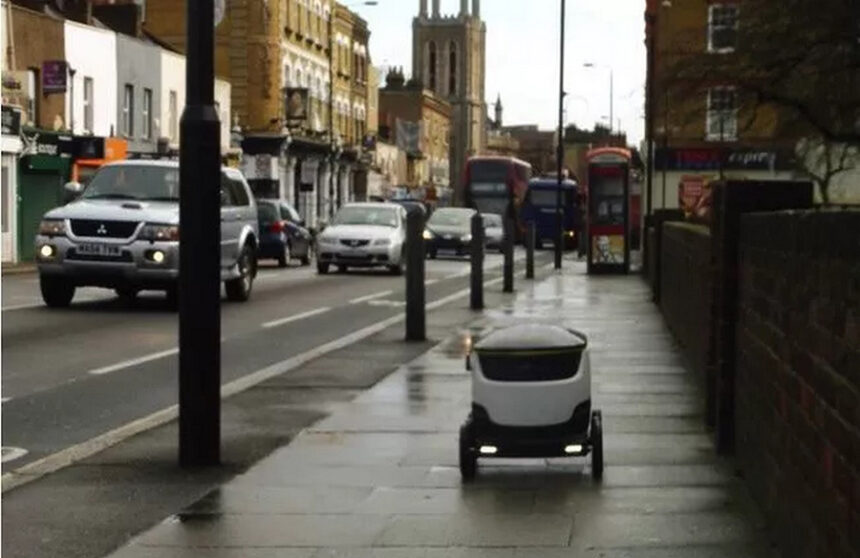The State of Pennsylvania has recently made a significant stride in the realm of autonomous technology by legalizing the utilization of sidewalks for autonomous delivery robots, also known as personal delivery devices (PDDs). These robots, capable of carrying loads of up to 550 pounds and cruising at speeds of 12 miles per hour, have been granted access to pedestrian pathways. The decision comes as part of Pennsylvania’s response to the challenges posed by the ongoing global pandemic.
Embracing Technological Advancements
In a memo addressed to the Senate, the significance of embracing innovative technologies like PDDs amidst the pandemic was emphasized. It was underscored that these advancements could play a pivotal role in aiding businesses and residents of the Commonwealth in overcoming the unprecedented challenges brought about by the outbreak. Pennsylvania’s move aligns it with nine other states that have already embraced the integration of PDDs into their urban landscapes.

Leveraging PDDs During the Pandemic
Proponents of PDDs highlight their potential to serve as vital resources for delivering essential items such as food, medications, and other crucial supplies directly to people’s doorsteps. By facilitating contactless delivery, these robots offer a means for consumers to adhere to stay-at-home measures, thus contributing to the collective efforts aimed at curbing the spread of infectious diseases.
Corporate Initiatives and Concerns
However, skepticism persists regarding the underlying motives of major delivery companies advocating for the widespread adoption of PDDs. Figures like Fred Smith of FedEx have been vocal about the role of autonomous robots, such as the Roxo, in meeting the demands of a global pandemic. Critics caution against the possibility of corporate interests overshadowing genuine public welfare concerns.
Challenges and Criticisms
The proliferation of PDDs raises several concerns, particularly regarding their impact on pedestrian safety and urban mobility. Organizations like the National Association of City Transportation Officials (NACTO) warn of potential disruptions caused by these robots in densely populated areas. There are apprehensions that PDDs might congest sidewalks, posing inconveniences and safety hazards to pedestrians, especially vulnerable groups such as older adults and individuals with disabilities.
Future Implications and Controversies
Looking ahead, the integration of autonomous delivery robots into urban environments prompts discussions about the evolving landscape of work and public spaces. Speculations abound regarding the long-term implications of widespread adoption, with predictions suggesting a paradigm shift towards a new normal characterized by the omnipresence of autonomous technologies. However, such projections ignite debates surrounding the equitable distribution of resources and the prioritization of public interests in urban planning and policymaking.
Conclusion
Pennsylvania’s decision to legalize the use of sidewalks for autonomous delivery robots marks a significant milestone in the intersection of technology and urban infrastructure. While offering potential benefits in terms of efficiency and convenience, the widespread deployment of PDDs necessitates careful consideration of their societal impacts and regulatory frameworks. As autonomous technologies continue to shape the future of urban mobility, it remains imperative to strike a balance between innovation and public welfare, ensuring that advancements serve the collective interests of communities.



Leave a Reply